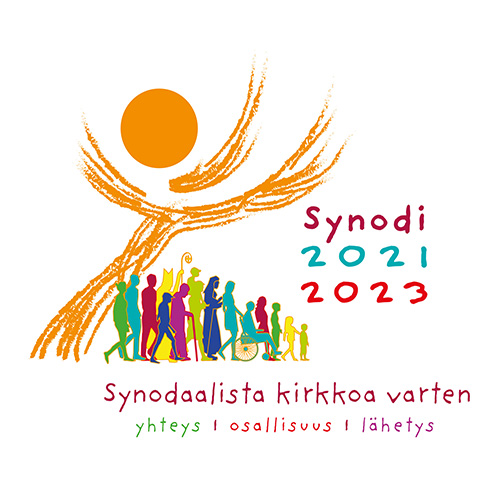
On the treatment of relics and their meanings

When I visited the 2017 Helsinki Book Fair, I was particularly fascinated by one topic: research on the physical remains and / or personal effects of saints. Jussi-Pekka Taavitsainen, Aki Arponen and Georges Kazan offered some intriguing insights into this in their discussion. Taavitsainen was the professor of archeology in the University of Turku, from 1995-2017. For the past 20 years or so, he has done extensive research on the relics housed in Turku Cathedral. Georges Kazan has researched the remains of early Christian saints from Europe and the Middle East for many years. He has not sought to prove the authenticity of relics, but rather their origins and significance. In early 2017, Kazan started a 3-year project at the Turku Institute for Advanced Sciences. The Cathedral of Turku houses a remarkable number of relics. It is still possible that a cache of holy relics once stashed away during the Reformation may be discovered in some hidden corner.
Kazan presented his findings last year at the Studium Catholicum. Although the subject is interesting to many of us, the audience was smaller than we had anticipated. Studying relics with modern methods is truly fascinating, and the advances in radiocarbon dating have been especially dramatic. Interdisciplinary research provides an excellent picture of the historical, political, economic, and most importantly, spiritual significance of relics. For Catholics, the most important aspect of relics is the way they help us get closer to God.
So how should relics be approached and analyzed without offending those who regard them with reverence. Professor Lena Liepe of Linnaeus University, Växjö, Sweden, organized a meeting at the Studium Catholicum with archeologists, art historians and medievalists, along with a few Catholics, to discuss this very topic. Indeed, talking about research on the remains of a beloved saint is not easy, especially when the actual bone is dated at 300 years prior to the time the saint walked the earth, or something of that nature. Nonetheless, there have been a few surprises. Georges Kazan shared one example: a bone discovered under the altar at the Sveti Ivan Monastery believed to be John the Baptist’s has turned out to be from the first century, A.D. The Finnish media also reported “the discovery of the grave of Santa Claus” when the bones found in Bishop Nicholas’s grave in Bari turned out to be from the right period, the 4th century.
The University of Oxford’s multidisciplinary research team investigates relics as historical, cultural and religious objects. It aims to create a bridge between science and religion, and that is extremely challenging. And what can we learn from these relics? Quite a lot, especially when we use all the new methods available. We can find answers to the following questions: How old are they? Where did they come from? And how did they end up here? Do all the bones attributed to a certain saint really belong to him or her? It can be very awkward to tell a religious sister that the saint she reveres is in fact much younger than previously believed and have her say, “Never mind, we’ll keep on praying to him. He has always helped us!”
Relics have been used in trade and in making alliances. To be sure, they have played a role in economic and political developments, and their worldly aspects cannot be overlooked.
Nonetheless, relics, regardless of their authenticity, always possess a spiritual dimensionthat is fundamentally detached from our material world. The relics constitute our bond to God; they materialize our connection to God. Whether the grave contains the genuine remains of that very saint or those of another person who was buried there later is of little importance. It was, in fact, a common practice to replace the relic given to a king with a bone from another deceased person. In such circumstances the “spiritual cloak” of the original relic can also cover this stranger’s bone.
According to Georges Kazan, relics constitute a crucial part of our collective memory. He maintains that they form a fundamental part of Europe’s cultural heritage, also revealing how and why Christianity spread so fast and what happened during the Reformation. Kazan emphasizes that the most rewarding part of this research is the opportunity to share the findings with the general public. On the one hand, this, too, can be problematic, for using scientific methods to study relics can be regarded as sacrilegious. On the other hand, human bone fragments are studied and handled with respect in archeological studies, because of the awareness that they are the remains of a human being who once lived.
Relics also have the capacity to stir up our emotions. As Catholics, we sometimes find it hard to understand the fascination relics hold for non-believers and non-Catholics. At the same time, there are also people who fail to grasp what could be so interesting about an old bone fragment or a fragile piece of cloth. The study of relics can teach us a great deal about humanity, life and death, history with its tales of wars and plagues, and, above all, people and their desire to get closer to God.
Tuula Luoma op
– Käännös Victor Ocampo. Julkaistu alunperin suomeksi Fideksessä toukokuussa 2019.





























